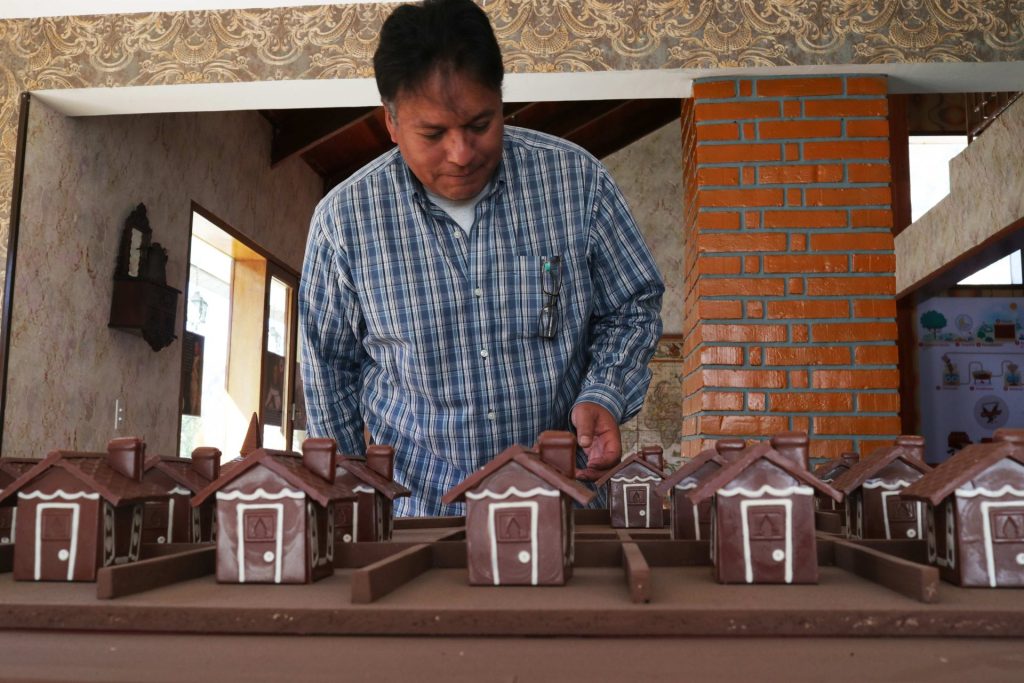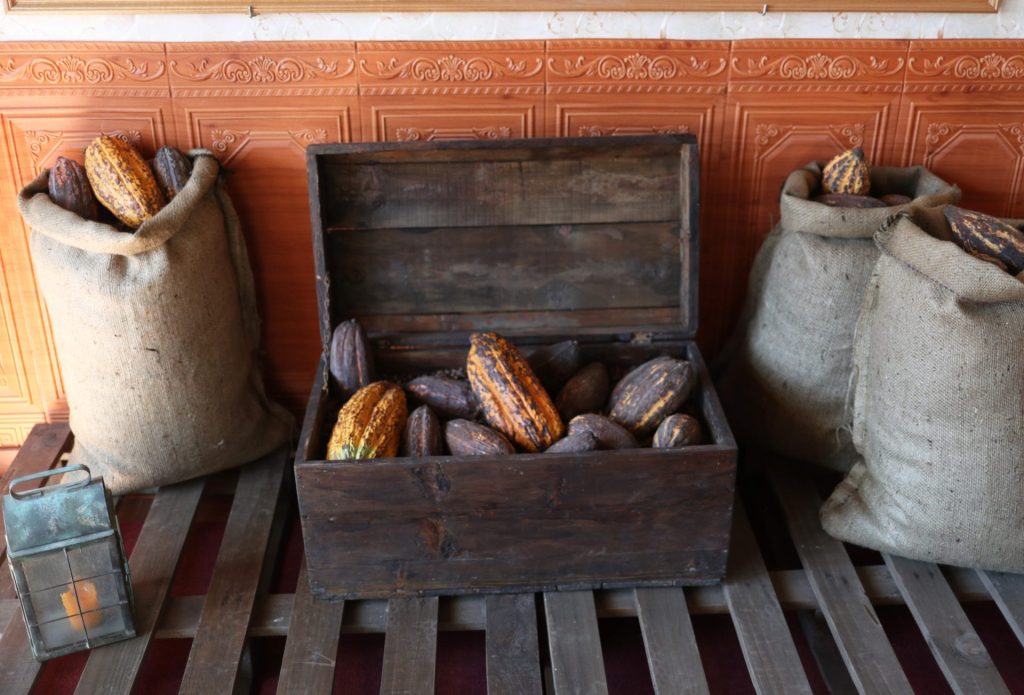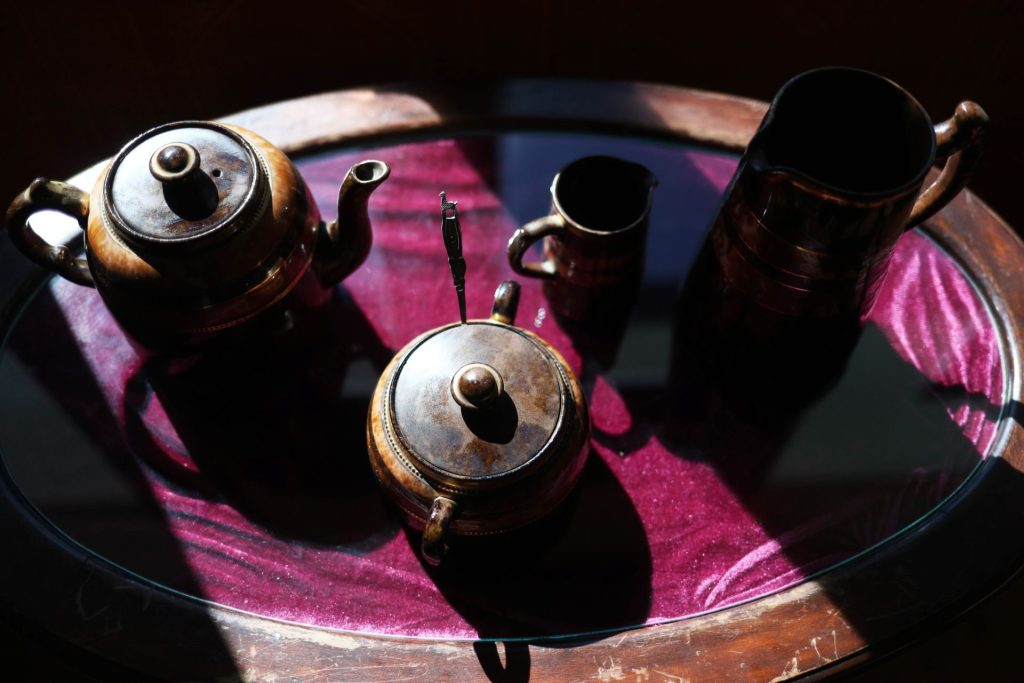By Gina Baldivieso |
La Paz (EFE).- A “Cacao City” with houses, vehicles and chocolate carousels and a brief tour with old objects, curiosities and anecdotes about the relevance of this food in history are the offer of “La Casa de los Besos” ” that opened its doors within the “Long Night of Museums” in La Paz.
“La Casa de los Besos” is an initiative of the Bolivian Carlos Gerl together with Chocolates Cóndor, one of the most traditional chocolate industries in La Paz, and bears that name evoking one of the emblematic products of that factory, which are the chocolates called ” black kisses”.

“It is a brief journey through the history of chocolate,” Gerl, a psychologist by profession and regional manager of Chocolates Cóndor in Cochabamba, told EFE.
The exhibition, set up in a house in the Bajo Següencoma neighborhood, in the south of La Paz, has several objectives, one of which is “to make it known and make visible that the department of La Paz is the leading cocoa producer nationwide ”, with 80% of the country’s production, he explained.
Bolivian traditions
It is also a recognition of the so-called “guardians of the forests”, the wild cacao collectors “who work very hard” in the Bolivian Amazon areas, such as the north of La Paz, from where they travel for several days, even by canoe, to take the product to the cities, he highlighted.
“And that wild cacao is one of the best in the world. I’m not saying it, the international cocoa fairs say it”, recalled Gerl.

Another objective is to “recover the traditions of La Paz and Bolivia”, such as the “gatherings”, the evening or night meetings in which families shared hot chocolate with some pastries.
“It was a deeply rooted custom, it was done every night and not only at Christmas (…) What we are going to do that night is basically the same, we are going to share hot chocolate here wanting to evoke the times of gatherings of past years” , he highlighted.
The “Cacao City”
The “highlight” of the exhibition is the “Cacao City”, a model of almost four square meters that represents a small city of chocolate with 36 houses, two carousels, a church, 25 trees and two security booths, detailed Gerl.
The streets of the “Cacao City” will be visited by a dozen “petas” or “beetles”, as one of the popular models of the Volkswagen company is known, also made of chocolate.
As is the case with La Paz, in the background of this chocolate city there is also a scale version of the iconic snowy Illimani, a must-see in the landscape of La Paz.
In addition to the model, the exhibition includes a replica of a 1492 world map made by Américo Vespucio and Christopher Columbus, with the intention of representing the journey of cocoa from America to Europe, according to Gerl.
stories
There is also a table that explains the process to transform cocoa into chocolate and small printouts with curiosities about the consumption of the product throughout history.
Like the legend that tells that Quetzalcóatl “stole the cacao tree from the gods to give it to mortals and plant it on earth” so that, “being well fed, humans would only have the occupation of improving themselves by exploiting their abilities in the sciences and arts.
Or the passage of Columbus through the island of Guanaja, off the coast of what is now Honduras, whose inhabitants gave him the cocoa with which “xocolatl” was made, a strong-flavored drink that produced great energy and vitality. .

Or the historical reference that, as a young man, the liberator Simón Bolívar was sent to Europe to study and financed his stay in the Old Continent taking with him “several flasks full of cocoa.”
Among the objects that will be on display is an English tableware from 1904, the kind used for gatherings with hot chocolate.
In the exhibition, which will only be open during the “Long Night of Museums”, there will also be a kind of “market” in which various products will be exhibited and sold.






